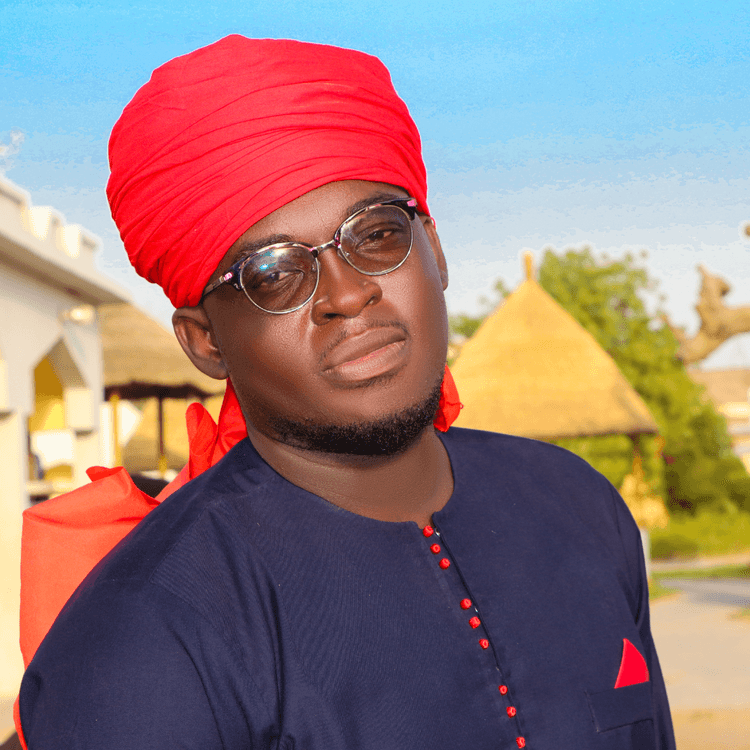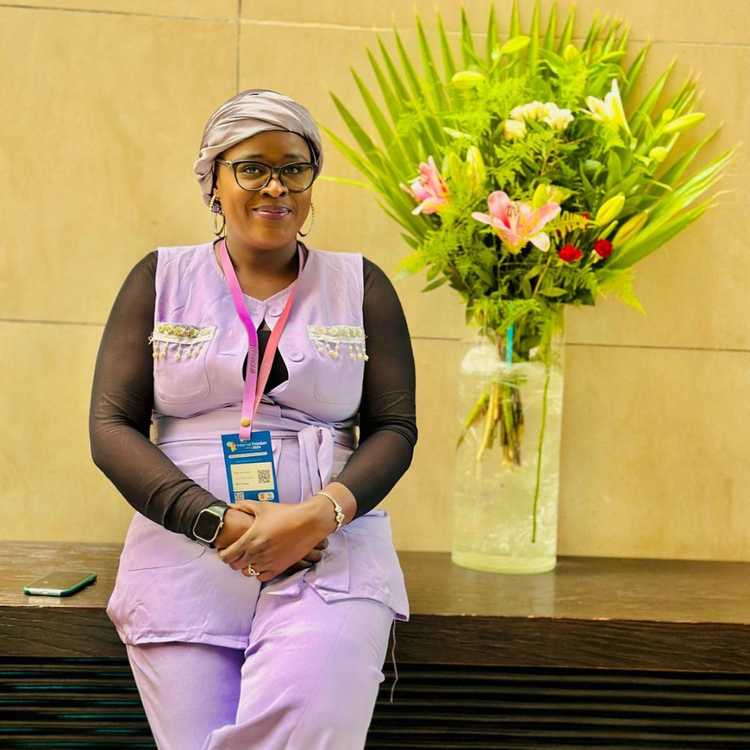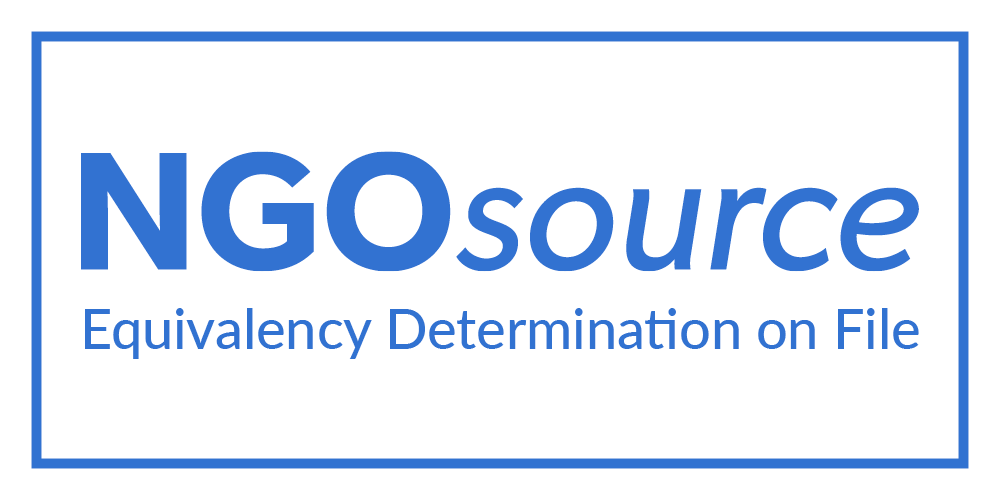From aspiration to commitment, Fatima Bint Rassoul Ndiour embodies a pan-African voice.
As a photographer, digital communicator and pan-African activist, Fatima embodies a hybrid career path where art, activism and communication intersect to serve social and civic causes.
As a volunteer for Africtivistes for Open Governance in Africa (VAGOA), she dedicates her work to social justice, democratic transparency and collective well-being. Through her photographs, which are true visual stories and fragments of memory, she documents African realities, highlights cultures, and draws attention to injustices.
Through her photographs, which are visual narratives and fragments of memory, she documents African realities, celebrates cultures and exposes injustices.
She also advocates for animal welfare in her role as Digital Communications Manager at Brooke West Africa, an organization dedicated to protecting equines, vital companions in rural communities.
With a background spanning social sciences, technology, and the arts, she embodies the value of diverse career paths and carries a clear vision: an Africa that tells its own story, defends its rights, and shapes its future through art, communication, and solidarity.
AfricTivistes: Fatima, what inspired you to volunteer with AfricTivistes and promote open governance in Africa?
Fatima Ndiour: I joined AfricTivistes because I saw a strong alignment between my personal values and my commitment to civic engagement. Open governance is about giving citizens a voice, promoting transparency and putting social justice back at the center of our societies. My background has always encouraged me to merge communication and activism, and AfricTivistes has given me a concrete platform to act on these principles across the continent.
How does your role as VAGOA allow you to contribute to open governance and citizenship in Africa?
In my role with VAGOA, I have been able to leverage my skills in writing, photography and digital technology to make concepts such as democratic transparency, accountability, and citizen participation – often perceived as abstract – tangible and accessible. In Dankassari, Niger, this mission took on a very concrete form: I introduced the Town Hall’s administrative staff to digital technology and helped them establish their own digital presence. This not only allowed them to communicate with the wider world but also to manage their affairs in a more transparent, accountable, and democratic manner.
In practical terms, I organized introductory digital training sessions and facilitated daily meetings to explore these fundamental principles. Together, we rethought internal operating methods to ensure better access to information for all without misunderstandings or exclusion. This inclusive and collaborative approach truly reflects the spirit of open governance.
In this role, I was able to raise awareness, strengthen local capacities, and document the realities faced by African communities. I hope that these locally rooted achievements will inspire a sustainable civic culture that can be carried forward to future generations.
How does the AfricTivistes network differ from other African citizen movements, in your opinion?
AfricTivistes stands out because of its pan-African scope and digital-first approach. It is a network that harnesses the power of cross-border solidarity and leverages technology to strengthen citizenship. Rather than simply pointing out problems, it proposes concrete solutions and fosters collaborative co-creation.
How has your involvement with AfricTivistes enriched your personal and professional life?
It has broadened my horizons and deepened my sense of belonging to an Africa that is actively shaping its own future. Personally, I have grown more confident and resilient. Professionally, I have gained valuable experience in advocacy, communication, and networking with other agents of change.
At Brooke West Africa, your work combines communication and animal protection. How can we effectively raise awareness of underestimated causes, such as equine welfare?
The key is to connect animal welfare to human realities. Equines are essential companions and working animals for millions of Africans. Protecting their welfare directly safeguards the livelihoods of rural families. As a communicator, I focus on highlighting this interdependence to raise broader awareness.
In what ways is your commitment to social justice similar to your work for animal protection?
In both cases, I am defending marginalized voices. The mechanisms of injustice are strikingly similar, whether affecting vulnerable populations or working animals, ranging from invisibility and exploitation to a lack of rights. My commitment lies in making these realities visible and advocating for greater equity.
How do your different identities as an artist, digital communicator and pan-African activist complement each other, and what has guided your career choices?
These identities feed into one another. Art gives me sensitivity and a distinctive storytelling ability; digital communication equips me with modern tools to amplify messages; and activism provides a purpose to act. I have always guided my career choices by one principle: to serve just causes using the means available to me.
As a photographic artist, you describe your photographs as visual narratives and fragments of memory. How do you decide which stories to capture through your lens?
I focus on stories that convey raw truths; stories that reveal moments we often overlook. These are often everyday scenes imbued with dignity, struggle, or hidden beauty which deserve to be preserved in our collective memory.
In your opinion, how can photography be an act of resistance?
Photography resists oblivion and invisibility. It refuses to allow certain stories to be erased. In Africa, for instance, it can be inherently political: by documenting our realities, we preserve our own history and challenge imposed narratives.
You talk about Africa ‘telling its own story’. In what ways can art and communication help build this collective narrative?
Art and communication are powerful tools for challenging stereotypes and sharing authentic narratives. By amplifying African voices and celebrating our cultures and experiences, we can craft a collective story that genuinely reflects who we are.
What do you think is the biggest challenge facing African youth today?
The greatest challenge lies in believing in their own ability to effect change despite structural barriers. To shape the continent’s future, they must overcome resignation and actively engage in cultural, digital, and political spaces.
In your struggles and projects, how important is solidarity to you?
Solidarity is central to everything. It is what transforms isolated efforts into powerful movements. Without solidarity, art, communication, and activism alone cannot bring about real
change.
Your motto is “We are still learning… I am still learning!’ What is the most important lesson you have learned so far?
The most important lesson is that nothing can be built alone. Every encounter and collaboration adds another brick to the building structure. It is the willingness to learn that keeps us moving forward.
What advice would you give to young Africans who, like you, want to build a hybrid career combining art, communication, and activism?
I would tell them not to fear diversity. Africa needs hybrid voices capable of connecting different worlds. Stay true to your values, keep learning, and build bridges between your passions, expertise and commitment.
If you had to sum up your vision of Africa’s future in one image, what would it look like?
For me, it would be a large, colourful jigsaw puzzle, each piece unique, yet indispensable and coming together to form a proudly united and sovereign Africa…
By Ndeye Fatou Diouf, Digital Content Manager at AfricTivistes










![[Guinea-Bissau]: Joint Statement from Human Rights Defenders Against the Confiscation of Popular Will !](/static/8552596543d1c00bc73e662f85c0a62f/fce2a/Capture-decran-2025-12-01-a-16.34.43.png)
![[Guinée-Bissau] Joint Declaration – Afrikajom Center and AfricTivistes both firmly condemn the military takeover and warn of the risk of a political crisis !](/static/4d5ad12346b3ef8c55278621c445488b/9e635/Putsch-Guinee-2.jpg)

![[Tanzanie] 🇹🇿 AfricTivistes strongly condemns violent suppression in Tanzania](/static/adf91a1c13cd101f988b6b6971928880/9e635/TZN.jpg)
![[Cameroon] AfricTivistes condemns violent repression, urges govt to uphold rights !](/static/6399a9d8e94e3ae1f681f86178520d96/9e635/WhatsApp-Image-2025-10-27-at-15.32.48.jpg)



![[Madagascar] Generation Z, the driving force of civic awakening!](/static/9072e289fdab44c062096dcfb9499441/9e635/4-2.jpg)








